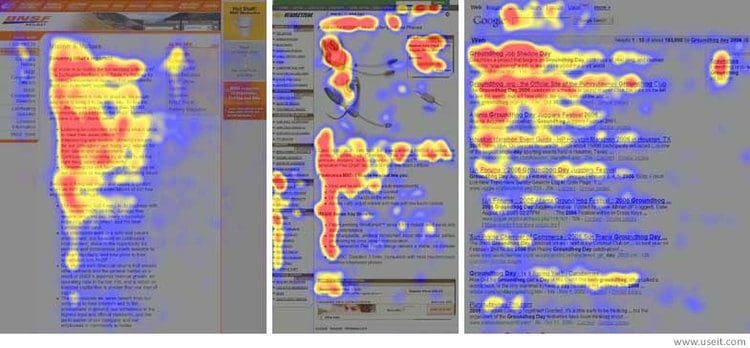Making Your Web and Email Content Skimmable: Why It Matters and How to Do It
As a small business owner, you’ve likely invested time and effort into creating content for your website and emails.
But here’s a reality check: Most people skim through content rather than reading it word-for-word.
If your content isn’t set up for skimming, your key messages might be getting overlooked. Let’s dive into why this happens and how you can make sure your audience gets the most out of your content.
Why Skimming is the Norm
Your audience is busy. They’re often on the hunt for specific information and don’t have the luxury to read every word. With the sheer volume of content available online, skimming has become a survival skill to quickly find what’s relevant.
If your content isn’t tailored for this behavior, you risk losing their attention and missing opportunities to connect.
The F-Pattern: A Skimming Blueprint
Studies have shown that when people skim content, their eyes often follow an “F-pattern.” They read the top of the content, then skim down the left side, occasionally darting to the right when something catches their interest.
This means the top-left of your content and the beginnings of sections or paragraphs are prime real estate.
If you’re not placing your key messages there, they might be missed.

The F-shape pattern was popularized by NNGroup’s eye-tracking study, which recorded more than 200 users looking at thousands of web pages.
The Common Pitfalls
Many businesses unintentionally deter readers by not structuring content for skimming. Some typical issues include:
- Long Paragraphs: These can be daunting. Readers often skip over large blocks of text, missing out on the information.
- Lack of Headers: Without clear headers, readers can’t quickly identify relevant sections, leading to frustration.
- Missing Highlights: When key points blend into the rest of the content, they can easily be overlooked.
Optimizing for Skimming
To make your content skimmer-friendly:
- Strong Headlines: These are the first thing readers see. Make them attention-grabbing and relevant to the content that follows.
- Subheadings: Think of these as signposts. They guide readers to the sections that matter most to them.
- Bullet Points: These are a skimmer’s best friend. They break information into digestible chunks, making it easier to process.
- Bold or Italicized Text: Use this sparingly to emphasize crucial points or terms. It draws the eye and helps important information stand out.
Practical Steps to Enhance Skimmability
- Understand Your Audience: Think about their primary concerns. What are they hoping to gain from your content? Address these concerns early on.
- Prioritize Information: Not all information is created equal. Place the most vital details at the top, following the F-pattern.
- Use Visual Breaks: Space out your content. It’s not just about aesthetics; it makes your content more approachable.
- Gather Feedback: Ask colleagues or friends to skim your content. What did they take away? Use this feedback to refine.
In Conclusion
Skimming is a reality of online reading. By understanding and adapting to this behavior, you can ensure your content effectively communicates your key messages. Remember, it’s not just about what you say, but how you present it.
